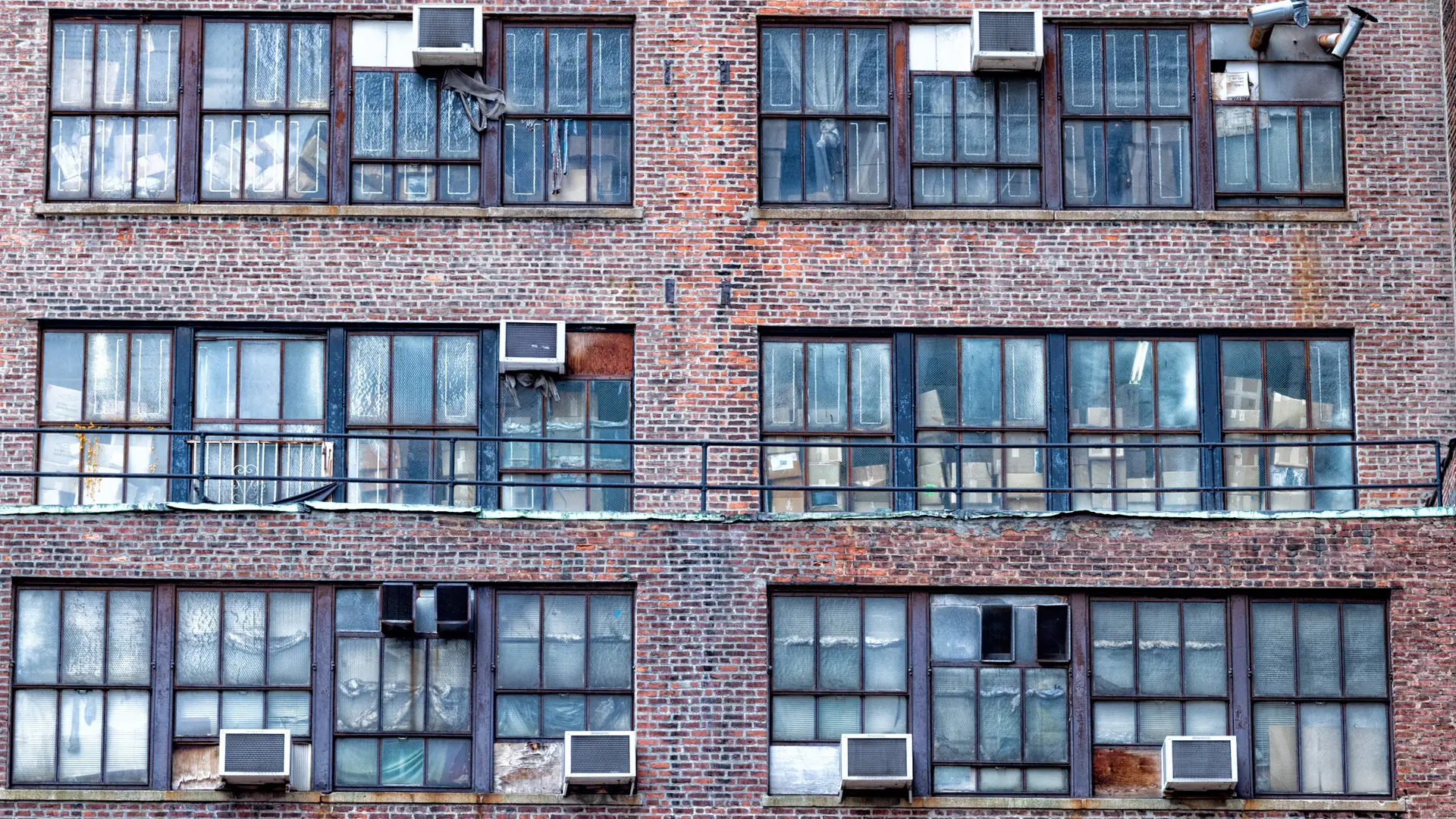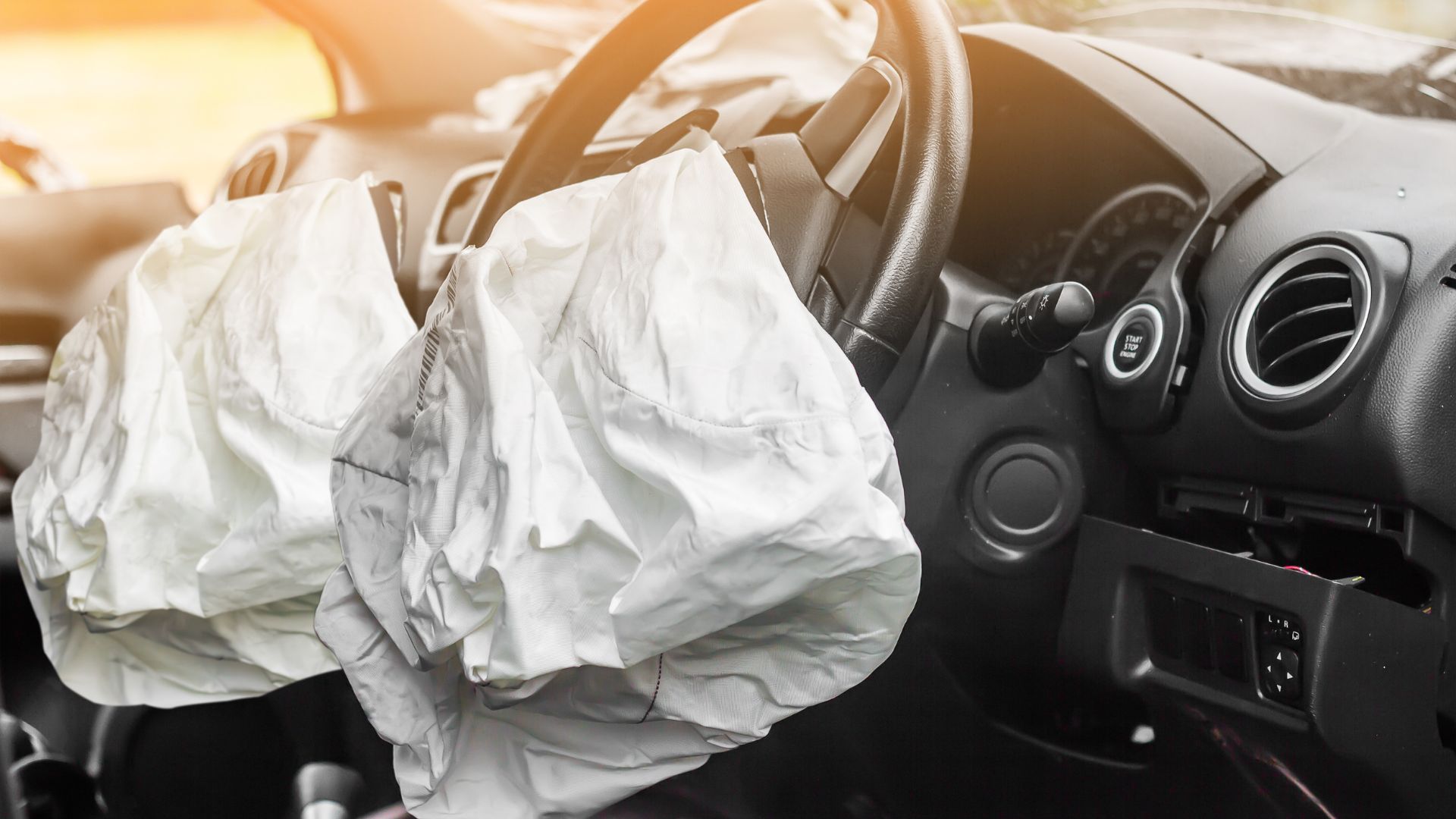Climate-friendly air conditioning is becoming increasingly important in times of global warming. Why? Because all heat records have been broken in the last five years and the number of hot days continues to rise. But is society and buildings in Germany prepared for this? It seems not so much. Over the past few decades, too much construction has been done with glass, but savings have often been made on well-thought-out and, above all, environmentally friendly air conditioning systems or other cooling devices for cost reasons. According to the local council and the building mayor in Ulm, the city will become even narrower and higher. That doesn’t sound cool. So how do you get out of the heat dilemma?
HIGHER ELECTRICITY CONSUMPTION IN SUMMER
Especially the small air-conditioning units that are retrofitted are real power guzzlers. But very few building owners and city managers plan for the heat from the outset. Environmentally friendly air conditioning is still seen as a superfluous luxury. This is at the expense of the environment and human health. For precisely where additional cooling would be most necessary, in schools, senior citizens’ centres or hospitals, air conditioning is in short supply. For the elderly and sick, the summer can be life-threatening in the worst case. This is shown by studies conducted by the Charité or the Helmholtz Institute, which have found a higher risk of death of up to 43% for people with chronic lung diseases or cardiovascular diseases on hot days or during heat waves.
In the meantime, there are a few cooled patient rooms in the Dessau City Hospital. However, only in the hospital’s “hotel ward”. It has 16 rooms. The air-conditioned luxury costs patients an extra 119 euros per night. But this kind of cooling is not affordable for all 1,280 patient rooms.
COOLING PERIODS ARE GETTING LONGER
“Cooling buildings is now already necessary between March and November,” Prof. Dr. Uwe Franzke from the Institute for Air and Refrigeration Technology in Dresden told mdr. Of course, this varies depending on solar radiation, compass direction and construction method. The heat is coming. We are not prepared for it. Urban planners build too high and too dense for cool air, plants, trees or parks are scarce, politicians tend to ignore summer in the energy debate, and modern architects design transparent sweatboxes and receive design awards for them. Even in summer, the electricity load now climbs to peak values. In the heatwave summer of 2012, electricity consumption was even reported to be up to 20 percent higher than in winter. This also fuels CO2 emissions and thus climate change with even more hot days. Over 30 degrees outside, hardly any colder inside – that’s how summers are now in Germany. 2015 broke all records and the BG Bau reported significantly more heat-related deaths. But you don’t have to work outside on the construction site. An office or housework within your own 4 walls will do. The staff at the new Helmholtz Centre for Environmental Research in Halle also emphasise this. Ever since the building has existed, employees have been moaning about heat at work, like Jutta Stadler: “Water is pouring off our bodies.”
AIR CONDITIONERS ARE NOT A SOLUTION
Air conditioners and air-conditioning units are real power guzzlers. In addition, they don’t look very nice and usually make an annoying noise.
But the refrigerants often used in the systems are also extremely harmful to the environment. The CO2 that is produced during the operation of refrigeration units, air conditioners and the like also heats up the climate.
You have to ask yourself why you have to cool the whole room when you only want to cool the person. That’s why there is E.COOLINE cooling clothing, cooling blankets and other climate-neutral products.
According to an analysis by climate Partner, this saves up to 97% of CO2 compared to air conditioning. Cooling is also environmentally and climate-friendly. Indoors and outdoors, of course.
















